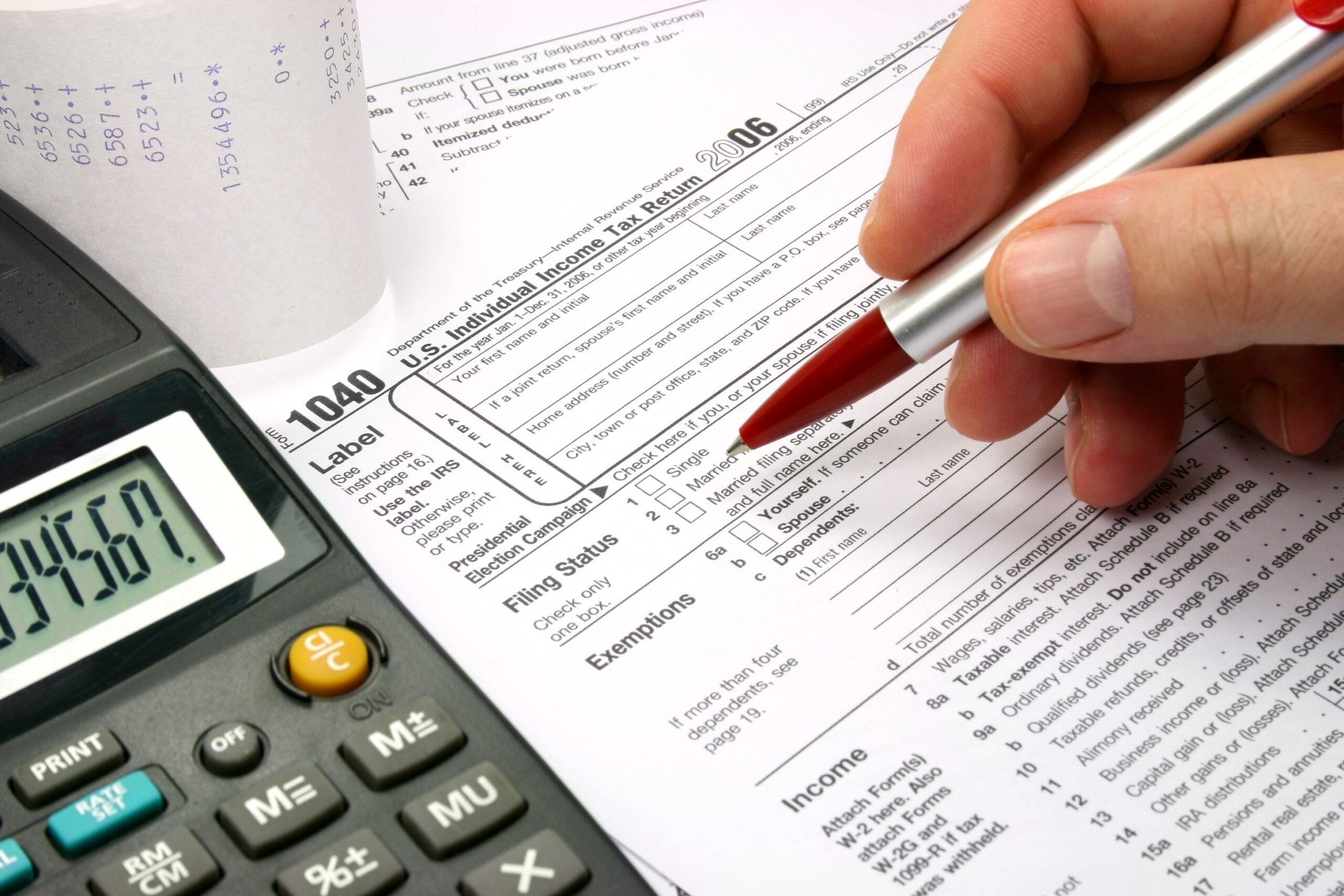November may seem a bit early to think about tax season, especially since the deadline to file 2021 taxes isn’t until April 15, 2022. By thinking about your end-of-year tax plans, however, you can take advantage of the months before tax season to maximize your potential return.
Here are six to-do items for your end-of-year tax checklist that can help you get the most out of your money when tax time arrives.
1. Determine Your Filing Status
When you prepare to file taxes, one of the first steps is determining your filing status – in other words – how your tax information will be categorized and evaluated. You can choose from five filing statuses, depending on which is accurate for you:
- Single: You are not married and are filing only for yourself.
- Married filing jointly: You and your spouse have decided to file as a unit.
- Married filing separately: You and your spouse have decided to each file your own taxes.
- Head of household: You are not considered married by the IRS, pay more than half of your household’s expenses and have a qualifying dependent.
- Qualifying widow(er) with a dependent child: Your spouse passed away during the tax year, you did not remarry during the tax year, you have a qualifying dependent who lived in your home and you paid more than half the of your household’s expenses.
It’s not uncommon for more than one of these categories to apply. If that’s the case, the majority of tax filers choose the status that offers the greatest financial benefit. If you aren’t sure which filing status applies to you, you can take the IRS’s “What Is My Filing Status” quiz to help determine the best fit.
Once you’ve chosen the right category, you can apply several strategies ensure you get the most out of your tax return.
2. Choose the Right Type of Deduction
Once you’ve determined your filing status, it will be time to consider which type of tax deduction – standard or itemized – benefits you.
In many cases, the standard deduction is a good choice. If you aren’t eligible for specific tax deductions, this option subtracts a specific amount from your Adjusted Gross Income (AGI). The amount deducted is based on your filing status:
| Filing Status | Standard Deduction (2021) |
| Single | $12,550 |
| Married (filing jointly) | $25,100 |
| Married (filing separately) | $12,550 |
| Head of household | $18,800 |
| Qualifying widow(er) | $25,100 |
On the other hand, if you believe you’re eligible for tax deductions that exceed the standard amount, then the itemized deduction may be a better choice. This may be the case if you:
- Paid significant out-of-cost medical expenses during the tax year
- Paid high-dollar insurance or tax costs on your home
- Contributed a significant amount to qualifying charities
- Had major out-of-pocket casualty or theft expenses
- Lost a significant amount of money gambling
- Qualify for other major deductions not listed above
In most cases, taxpayers choose to take the standard deduction. If you believe an itemized deduction may be right for you, however, speak with a tax advisor about how you can maximize your tax return.
3. Check Your Income Tax Withholding
When you started working for your current company, you likely set up certain tax information with them, including withholding.
Withholding is the amount your employer takes out of each paycheck for tax purposes, and it can help offset the amount you owe the following tax year. You can find out how much is withheld from each paycheck by checking a recent pay stub.
Unlike certain company offerings, like benefits, that require a qualifying event to change, you can update your withholding amount anytime. Use the IRS’s Tax Withholding Estimator for an idea of how much you should withhold to avoid paying a large lump sum during tax season, then submit a form W-4 to your employer to formally change your amount.
It’s a good idea to check on this total anytime you have major lifestyle or income changes, before tax season or if the tax law changes.
If you’re self-employed, it’s up to you to withhold money from your own earnings. Try out the withholding calculator linked above to see how much you may want to set aside for taxes. For information about your specific circumstance, speak with a tax advisor.
4. Contribute to Tax-Advantaged Accounts (Retirement/HSA)
Certain tax-advantaged accounts for retirement, health savings and education may offer special deductions that reduce your AGI.
Research which of your accounts may offer tax-deductible savings, then consider contributing as much as you can reasonably afford to lower your taxable income and maximize your return.
5. Research Other Deductions That May Apply to You
In some cases, you may be eligible for tax credits and deductions outside of the ones listed above. Explore the IRS’s list of available credits and deductions to determine whether any may apply to you.
6. Gather Your Financial Documents
Once you’ve determined your filing status, prepared your withholding amount and maximized your potential deductions, you’re almost ready to file your taxes. Begin organizing financial documents like your W2 forms, retirement information and investment details, and store them securely until it’s time to file. Nerdwallet offers a detailed Tax Prep Checklist to help you organize your paperwork ahead of time.
It’s important to take some time in the months leading up to tax season to prepare your finances. By thinking ahead, you can make smart money moves that push you toward your financial goals.
Note: Links to other websites or references to services or applications are provided as a convenience only. A link does not imply SouthEast Bank’s sponsorship or approval of any other site, service or application. SouthEast Bank does not control the content of these sites, services or applications.
Information contained in this blog is for educational and informational purposes only. Nothing contained in this blog should be construed as legal or tax advice. An attorney or tax advisor should be consulted for advice on specific issues.




